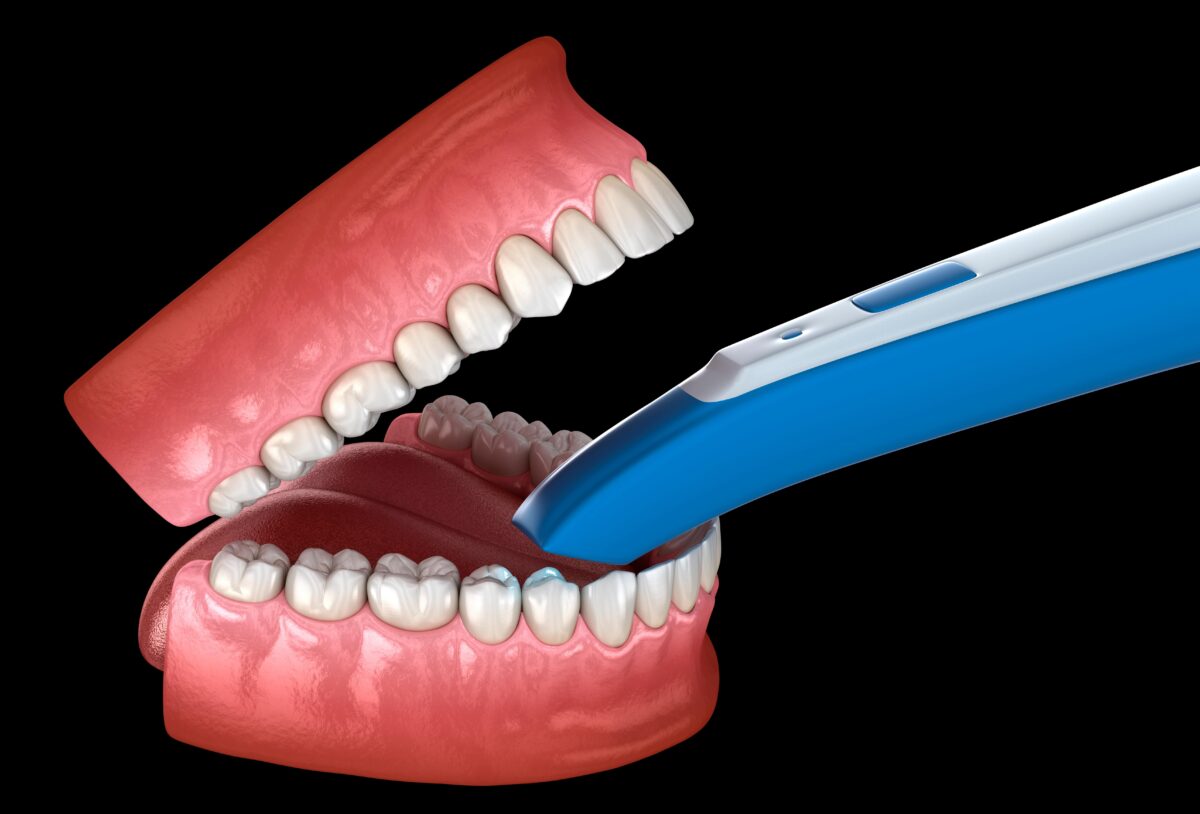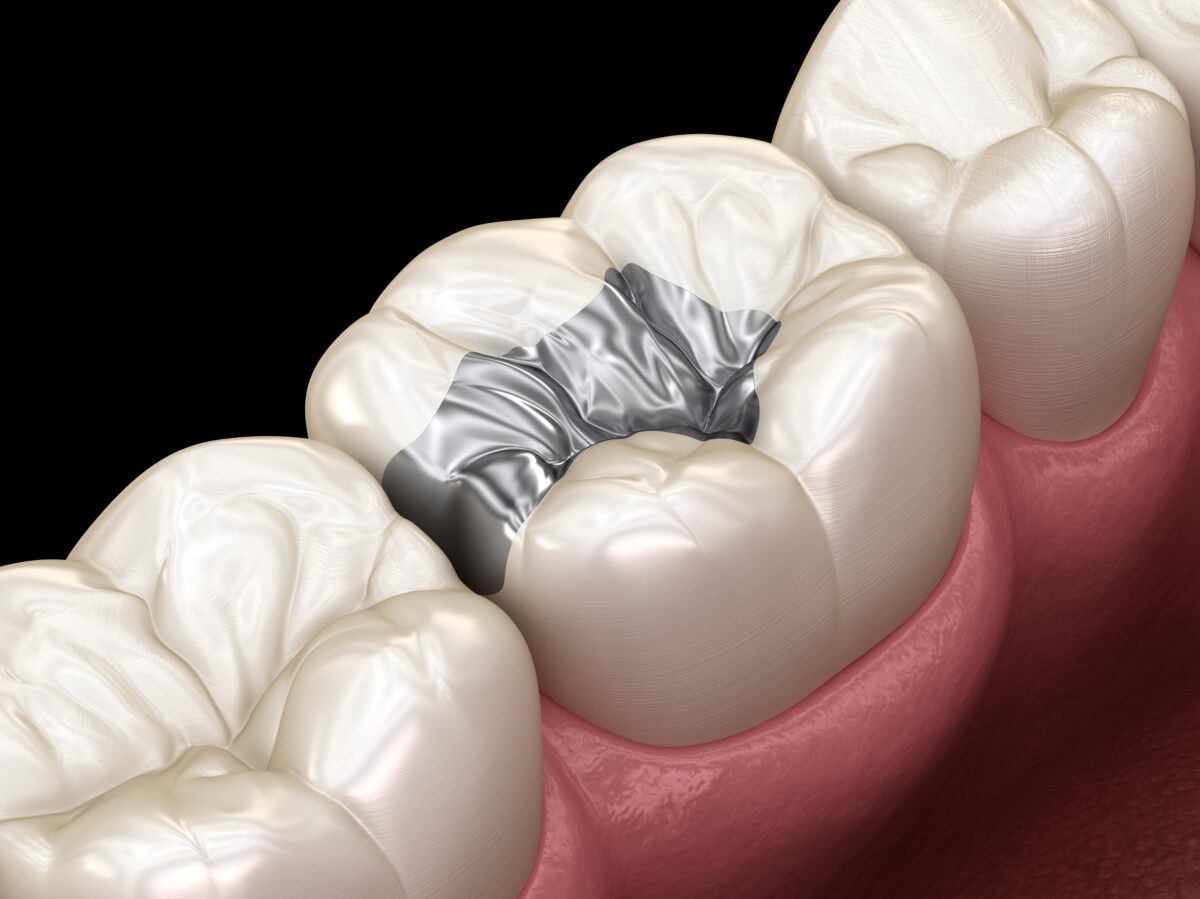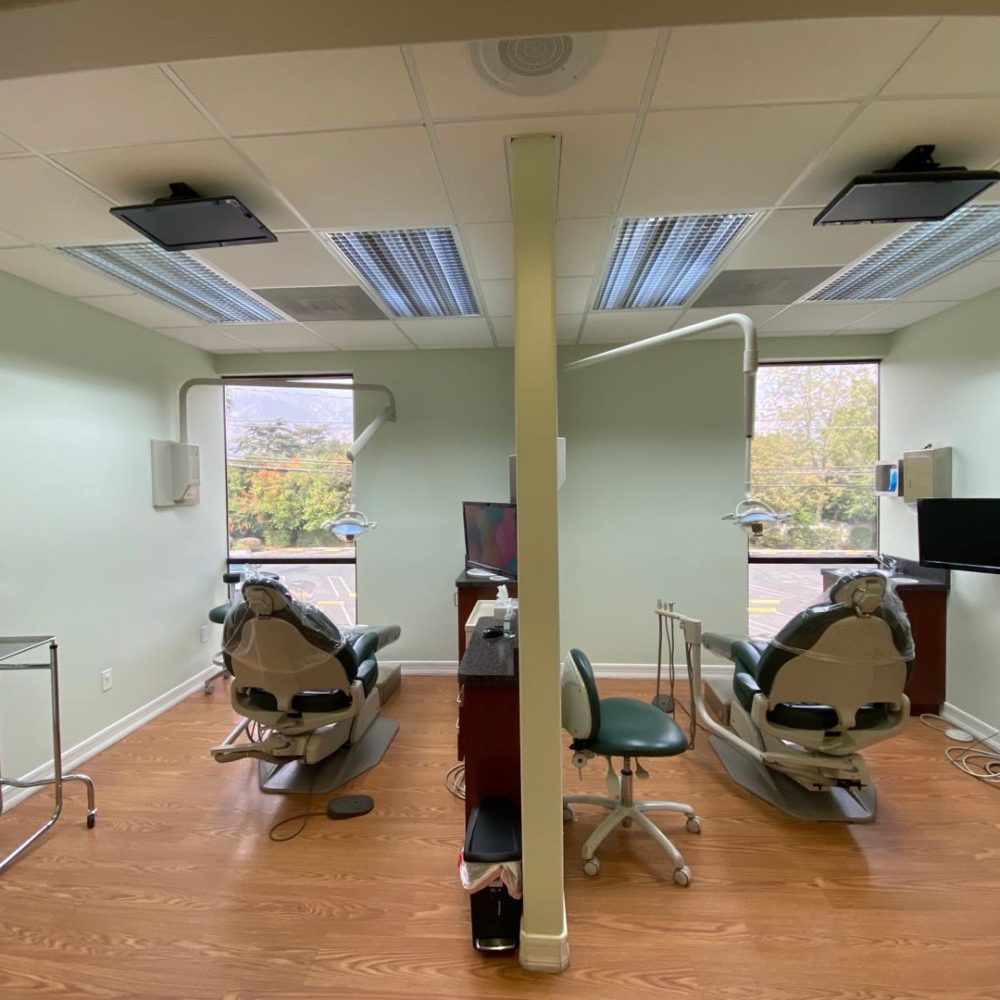If you are in the market for dentures or dental implants, chances are you will need to have a dental impression taken at some point. Dental impressions are used for many different reasons, including for making crowns, bridges, dentures, and orthodontic appliances. They are also used to take measurements for dental implants. In this blog post, we will discuss what dental impressions are, how they are made, and what they are used for. We will also discuss what to expect when having a dental impression taken.
What is a dental impression?
A dental impression is a mold or cast of the teeth and gums. It is made by taking a soft, pliable material and placing it into the mouth so that it can capture an accurate impression of the teeth and gums. While there are a multitude of dental impression materials that can be used, most dentists opt to use a material known as alginate. Alginate is a seaweed-based material that is safe for use in the mouth and provides accurate dental impressions.
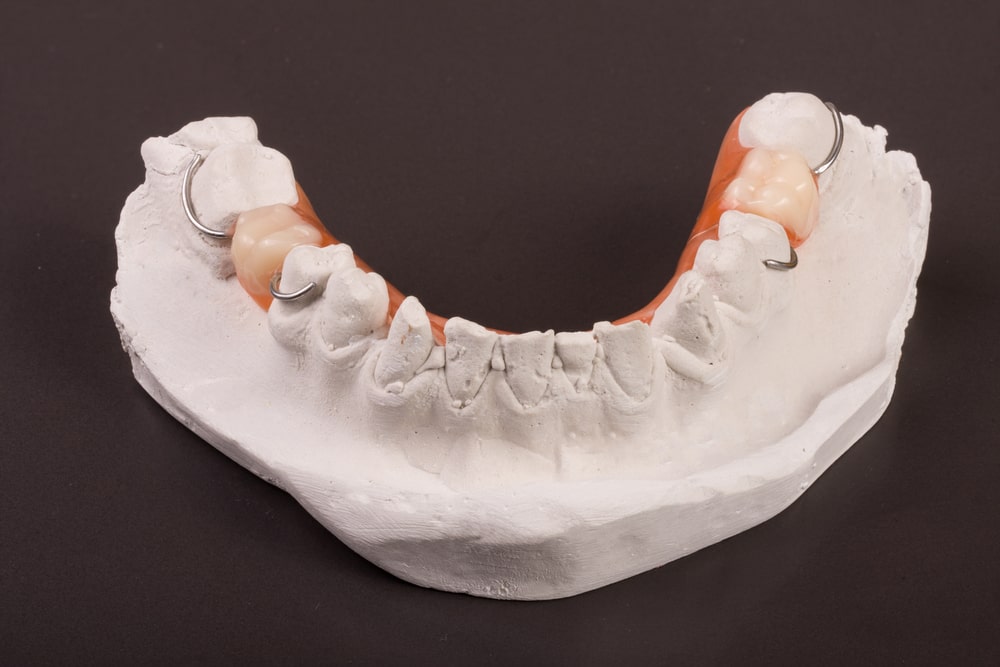
Besides dentures and dental implants, dental impressions can also be used to fabricate:
- Clear aligners
- Crowns or bridges
- Dental Trays (for impressions or teeth whitening)
- Models for diagnostic study
- Model for permanent dental record
- Mouthguards
- Nightguards
- Oral appliances (for sleep apnea)
- Retainers
- Veneers
What to expect when having a dental impression taken?
When having a dental impression taken, the dentist will first choose the type of tray that will be used. There are two types of trays: stock trays and custom-made trays. Stock trays are pre-made and come in a variety of sizes and shapes. Custom-made trays are made from an impression of the patient’s mouth and provide a more comfortable fit. Generally speaking, stock trays are adequate for obtaining accurate impressions.
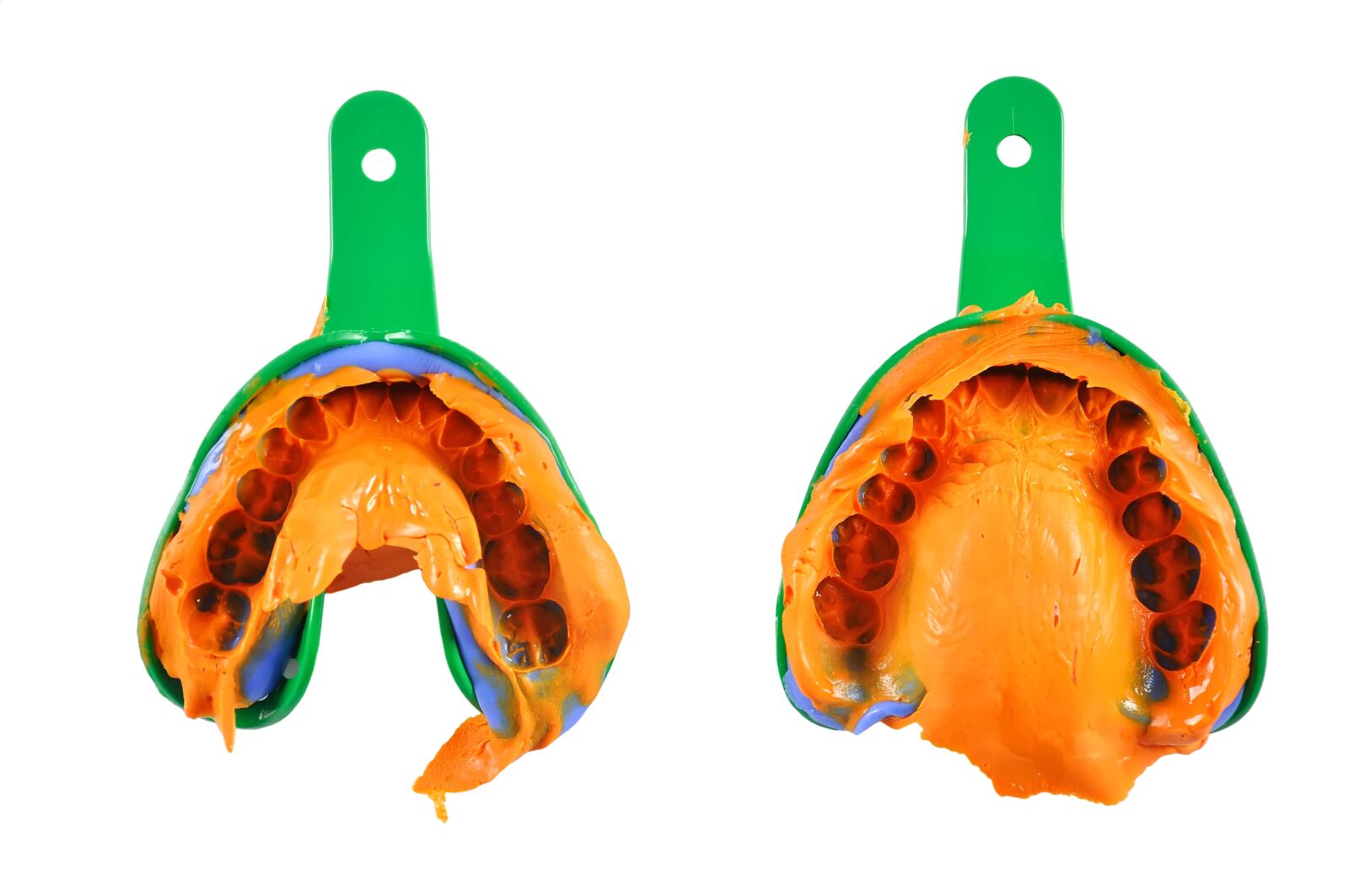
Once the tray has been chosen, the dentist will mix the alginate and place it into the tray. The tray will then be placed into the patient’s mouth and the patient will be asked to bite down. The alginate will harden and capture an impression of the teeth and gums. Once the alginate has hardened, the dental impression can then be removed from the mouth.
In some cases, your dentist may also offer digital dental impressions. This is a newer technology that uses a special wand to scan the teeth and gums. The wand is connected to a computer which creates a three-dimensional image of the mouth. This image can then be used to fabricate dental appliances. Digital dental impressions are becoming increasingly popular as they are more accurate than traditional dental impressions and can be done in a shorter amount of time.
The dental impression will then be sent to a dental lab where the desired dental restoration will be made. Your dentist will also usually keep a copy of your dental impression on file for their records.
In Conclusion
In this blog, we have discussed dental impressions. We have explained what they are, how they are made, and what they are used for. We have also discussed what to expect when having a dental impression taken. Dental impressions are an important part of many different dental procedures and are necessary for fabricating many different types of dental appliances. While dental impressions may seem like a daunting task, they are actually quite simple and easy to do. In most cases, they are quick and painless. So, if your dentist tells you that you need to have a dental impression taken, there is no need to worry!
